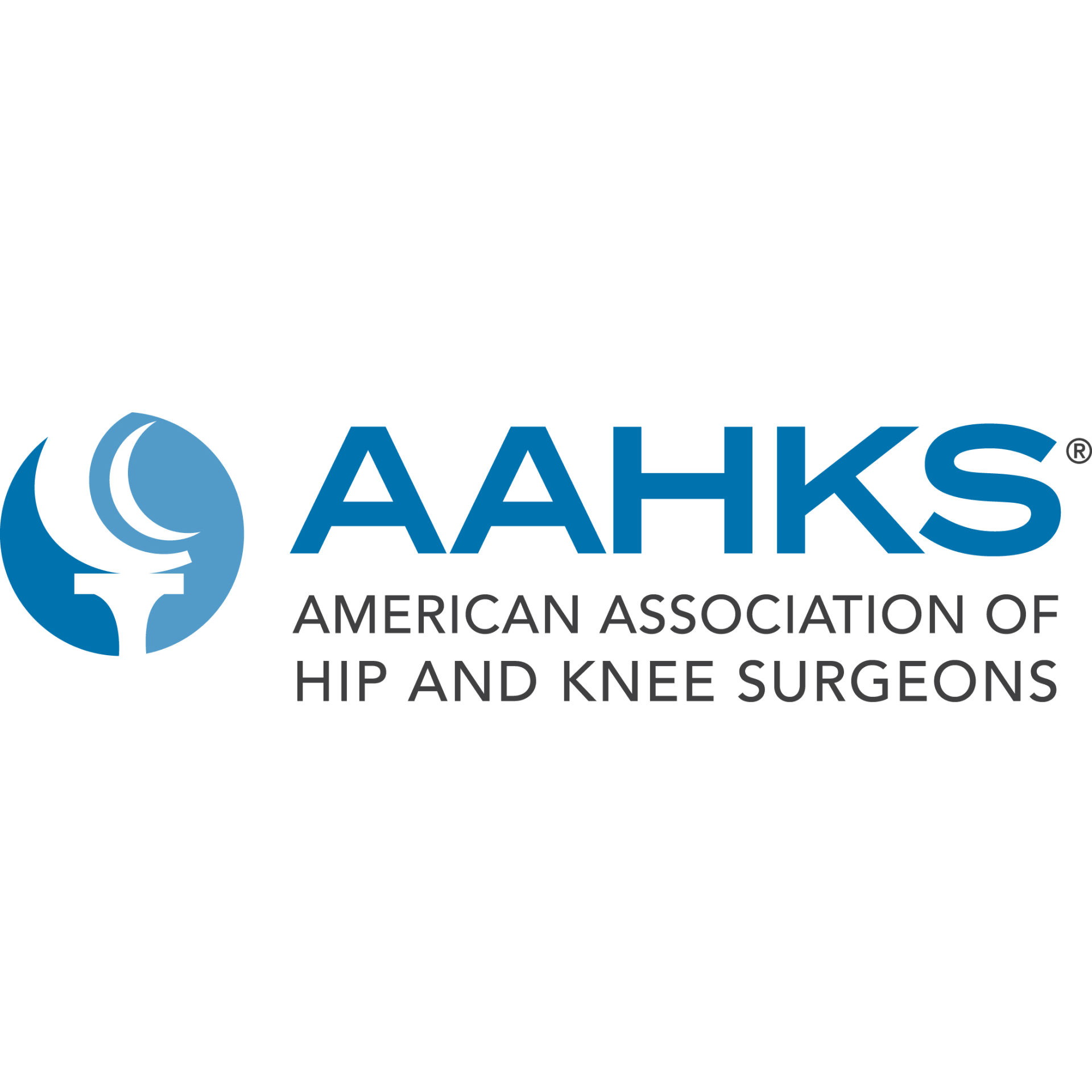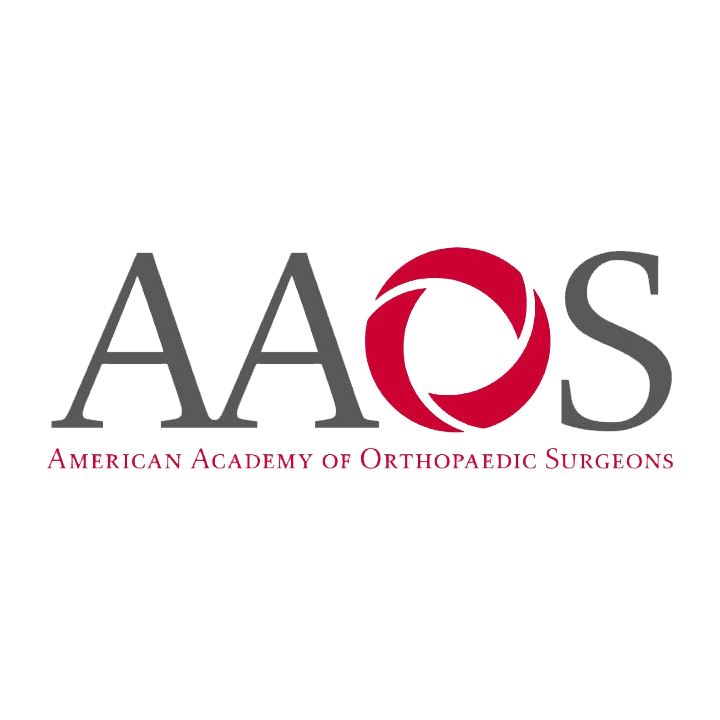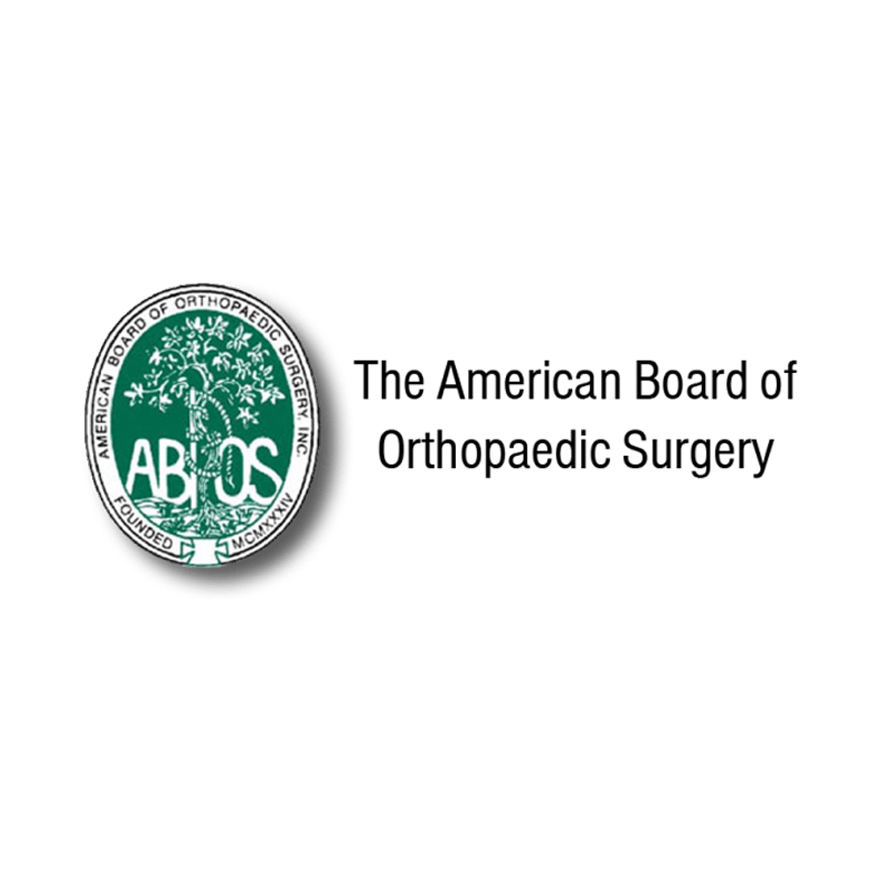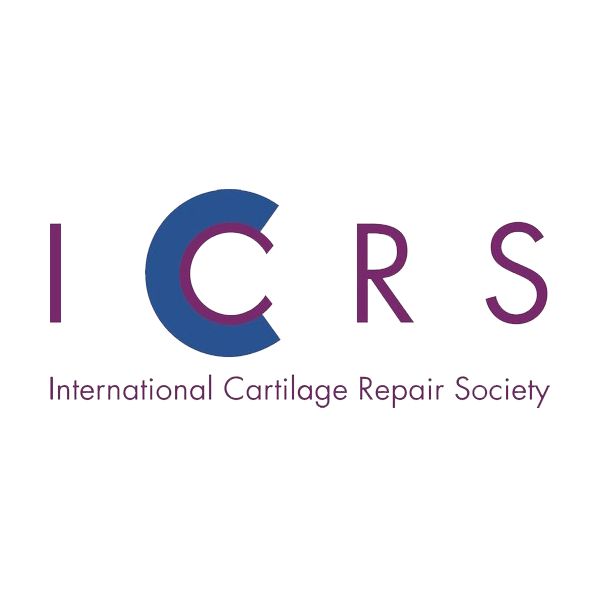The Origins of Biologic Augmented Microdrilling
Microdrilling Surgery is an arthroscopic outpatient surgery where small holes are drilled in the bone at the location of cartilage damage. This procedure is a marrow stimulating technique performed to provide an environment for cartilage healing by mobilizing local bone marrow derived stem cells to the site of the cartilage lesion.
PBPC's are a blood product containing mesenchymal stem cells, the stem cells capable of differentiating into normal cartilage. PBPC's are obtained by mobilizing stem cells from bone marrow into the peripheral blood.
Hyaluronic acid is a building block for cartilage in the knee. It been shown to improve pain when injected into knees of patients with cartilage damage. HA injections have also been used in animal studies to generate better cartilage after microdrilling surgery.
Dr. Saw and his team propose that the microdrilling surgery creates a blood clot scaffold on which injected stem cells can be recruited and enhance normal cartilage regrowth. The significance of this cartilage regeneration protocol is that it is successful in patients with historically difficult-to-treat bone-on-bone cartilage damage. To date, Dr. Saw has treated over 500 patients with this technique. He has published both a case series and a randomized clinical trial on this treatment.
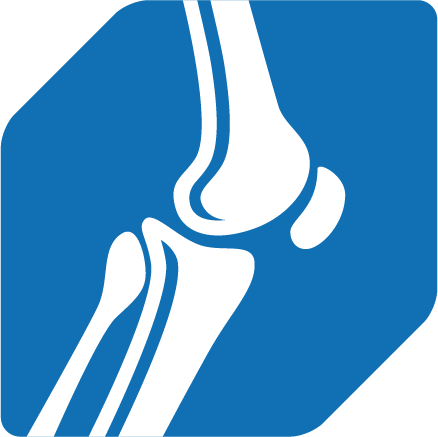
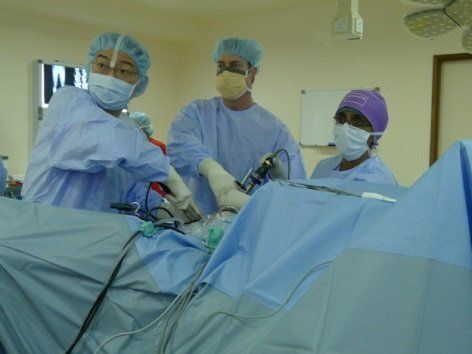
Dr. Broyles Goes to Malaysia
Since first learning about Dr. Saw's cartilage treatment, Dr. Broyles has made several trips to Malaysia to study the techniques and protocol used by Dr. Saw's research team.
READ FULL ARTICLE HERE
Dr. Saw and Dr. Broyles have operated together at the Kuala Lumpur Sports Medicine Center (pictured), and were interviewed by a Malaysian newspaper during one of his trips.
Research
The main difference between Dr. Broyles’ BAM procedure and Dr. Saw’s treatment is that Dr. Broyles uses fresh Bone Marrow Aspirate Concentrate (BMAC) in each post-operative injection in addition to Hyaluronic Acid (HA). The reason for this modification is two-fold – First, in the US, the FDA regulates PBSC’s as a ‘drug’ and mandates that their use in the knee needs to go through their Investigational New Drug application procedure.
The NDA process is arduous and expensive. Second, there is growing evidence supporting the use of BMAC to augment microdrilling and cartilage cell growth.
BMAC has a higher percentage of mesenchymal stem cells thanmobilized peripheral blood, and the stem cells in bone marrow divide more times before quitting. [1]Also, bone marrow concentrate has been used in numerous animal studies to improve regenerated cartilage compared to microfracture alone.[2], [3]
Results and References
Biologic cartilage repair has remained a hot research topic over the past decade. Our publications are joined by many studying biologic treatments for knee cartilage lesions, but few have attempted to treat bipolar or large diffuse lesions. One exception is AA Shetty and colleagues, who have reported good results with a single stage BMAC-augmented microfracture procedure.[4],[5],[6] Dr. Broyles has incorporated this research into his surgery practice and has been offering a single stage variation of the BAM-12 procedure, BAM-1, since 2016.
____________________________________________
[1] Lund TC, Tolar J, and Orchard PJ. Granulocyte colony-stimulating factor mobilized CFU-F can be found in the peripheral blood but have limited expansion potential. Haematologica 2008; 93:908-912.
[2] Fortier LA, Potter HG, Rickey EJ, et al. Concentrated Bone Marrow Aspirate Improves Full-Thickness Cartilage Repair Compared with Microfracture in the Equine Model. Journal of Bone and Joint Surgery 2010; 92:1927-37.
[3] Saw KY et al. Articular Cartilage Regeneration With Autologous Marrow Aspirate and Hyaluronic Acid: An Experimental Study in a Goat Model. Arthroscopy 2009;25:1391-1400.
[4] Shetty A.A., Kim S.J., Shetty V., Stelzeneder D., Shetty N., Bilagi P., Lee H.J. (2014) Autologous bone-marrow mesenchymal cell induced chondrogenesis: Single-stage arthroscopic cartilage repair. Tissue Engineering and Regenerative Medicine, 11, 247–253
[5] Huh S.W., Shetty A.A., Kim J.M., et al (2016) Autologous bone marrow mesenchymal cell induced chondrogenesis for the treatment of osteoarthritis of knee. Tissue Engineering and Regenerative Medicine, 13, 200–209
[6] Huh S.W., Shetty A.A., Ahmed S., Lee D.H., Kim S.J. (2016) Autologous bone-marrow mesenchymal cell induced chondrogenesis (MCIC). Journal of Clinical Orthopaedics and Trauma, 7, 153–156
